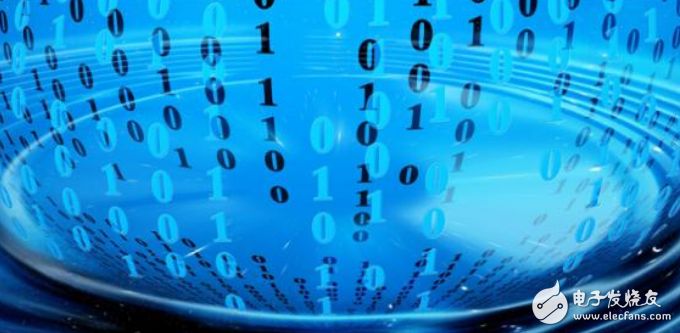More and more machine vision software companies have deployed deep learning technologies in their products. As these companies develop deep learning software and tools, and more users deploy successfully in their applications, deep learning may become more popular and more popular in the market.
It is reported that ViDi Systems, which Cognex acquired in 2017, is one of them. ViDi Systems was founded in 2012 by Reto Wyss, Ph.D. in Computing Science. The company's software uses artificial intelligence (AI) technology to improve image analysis in applications that train the system to distinguish between acceptable changes and defects. The Cognex ViDi Suite consists of three different tools, including the fixture ViDi Blue, ViDi Red for segmentation and anomaly detection, and ViDi Green for object and scene classification. Cognex's deep learning software is designed for inspection applications and has been successful in the pharmaceutical, medical, automotive, textile, printing and watch industries.

Cognex believes that deep learning complements traditional machine vision. Traditional geometric pattern finding and edge detection are still the best methods for sub-pixel accuracy for robotic guidance or other accurate measurements. Deep learning is most valuable in part quality and other paradigm-based human judgments, and because it is trained by examples, there is no need to check the advanced visual skills required for the application.
South Korean machine vision software company Sualab recently released the SuaKIT inspection software. This is based on a database of actual image data from various industrial sites, and the main functions are classified. The software's deep learning algorithm uses neural networks to automatically identify defect values ​​using up to 1,000 images of 2,048&TImes; 2,048 images in 30 minutes with new images of normal and defective products.
Even users who don't have much programming experience can use the software because it doesn't need to be coded on a case-by-case basis, but instead learns by collecting and entering defect data. SuaKIT can also process data at high speeds with high-performance GPUs through NVIDIA's CUDA technology.
The deputy manager of the Sualab Enterprise Group said that using deep learning can significantly reduce errors in the testing process. Deep learning combined with CUDA technology enables SuaKIT to exhibit higher levels of performance even in high-speed manufacturing processes.
German company MVTec also incorporates deep learning technology into its famous Halcon and Merlic machine vision software products. Since Halcon 13, MVTec is providing deep character learning based optical character recognition (OCR). The software now includes an OCR classifier based on deep learning technology that can be used with some pre-trained fonts, thus enabling a higher reading rate than all previous classifications.
In addition, the latest version of Halcon allows users to perform convolutional neural network (CNN) training based on deep learning algorithms. The trained network automatically classifies image data corresponding to a predetermined category. MVTec Halcon Product Manager said that customers can save a lot of time, effort and money by using Halcon's self-trained network.
For example, defect categories can be identified by reference images, so no cumbersome programming is required. In industrial machine vision environments, deep learning is primarily used for classification tasks that occur in many applications, such as inspection of industrial products or identification of parts.
Another company that develops deep learning software is Cyth Systems. Its Neural Vision is designed for product inspection and classification for users without machine vision experience. In traditional machine vision systems, the programmer selects the analysis algorithm to be applied to the image, such as hole detection, temperature analysis or width measurement, to examine the image and determine good or bad parts.
By providing the system with an image of the object in question and notifying the appearance of the unique part, or seeing good or bad parts, the system applies millions of algorithms to learn to recognize what is seen. By showing the system various changes, such as lighting, shadows, and the environment, it will learn to understand which features are not important for identifying parts.
CCTV Power Supply,CCTV Power Supply Box,CCTV DC Distributed Power Box
Chinasky Electronics Co., Ltd. , https://www.cctv-products.com